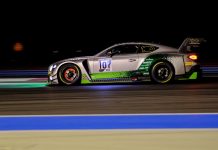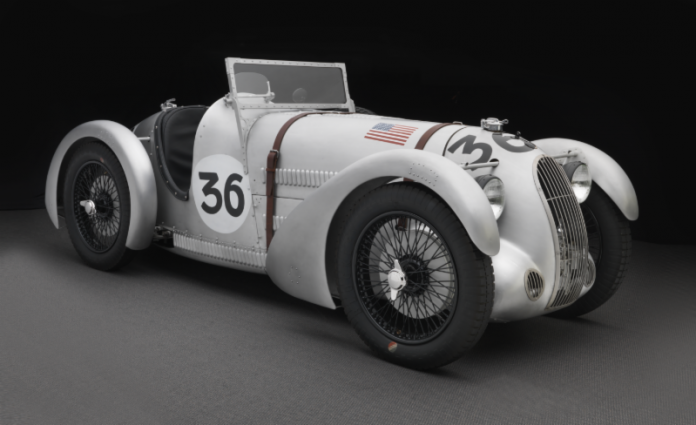MG, the fabled British marque that triggered America’s postwar sports car boom, will be honored at the 23rd annual Amelia Island Concours d’Elegance on March 11, 2018.
The sports cars from Morris Garages were founding members of postwar American sports car racing. The 23rd annual “Amelia” will celebrate marque-founder Cecil Kimber’s original MGs that grew from the success of Morris automobiles before World War II.
The M.G. Car Company celebrates its 90th birthday in 2018 though the cars wearing MG’s famous octagon badge have been around even longer. The earliest MGs were re-bodied Morris models with styling and performance enhancements. By 1928, the Oxford company had become large and prosperous enough to warrant an identity separate from the original Morris Garages and the M.G. Car Company Limited was established that March.
With the M Type Midget MG founder Cecil Kimber placed a sports car within the financial reach of almost every motorist, much as Henry Ford put the masses on the road with the Model T.
The Midget became the root of the MG legend that would last for decades. At the 1928 London Motor Show the authoritative publication Autocar claimed “The M.G. midget will make sports car history.”
MGs began writing that sports car history very quickly indeed winning the 1931 Brooklands Double 12. In 1933 Tazio Nuvolari’s MG K3 — an aging ex-demonstrator! — won the Tourist Trophy at Ards. His speed record of 78.65 mph stood until 1951 when it was finally broken by Stirling Moss in a C-Type Jaguar! The TT triumph was followed by MG’s first Le Mans class victory, a stunning sixth overall with a 750cc MG Midget J4 C.
Yet the broadest interest in competition MGs before the war came from the publicity garnered by a trio of P-Type Midgets raced at Le Mans by MG’s all-female driving team. When MG team leader George Eyston explained that he was getting too old to race and hoped to bring along a new generation of racers, one journalist dubbed the all-female MG team the “Dancing Daughters” after a popular Joan Crawford movie. The name stuck when the MG “daughters” team finished 24th-25th-26th to win their class comprehensively in the 1935 24 Hours.
One “Dancing Daughters'” Le Mans class-winning P-Type was purchased by American racer and sportsman Miles Collier. In 1938 Collier and his ex-Le Mans MG P won the Automobile Racing Club of America’s “Round the Houses” race at Alexandria Bay, NY. It became his personal transport until a collision with a New York taxi launched the Alexandria Bay winner on a new mission. Repaired and re-bodied it became the famous MG PA/PB “Leonidis” — named for the fabled Spartan warrior king — and returned to the 24 Hours of Le Mans in 1939.
George Eyston and the “Dancing Daughters.”
The MG TC, the car that started it all in America, is a postwar version of the prewar TA and TB Midgets. Its classic stance and style betray its pre-war lineage and engineering roots.
The TC became a darling of American GIs stationed in England after VE Day. Many brought the small British roadsters home and made American motoring history just as Autocar predicted two decades earlier.
Besides the Collier brothers,Briggs Cunningham, Phil Hill, John Fitch, Ken Miles, Carroll Shelby, Ed Hugus, Richie Ginther and Bill Milliken also started their racing careers in MGs.
“MG is practically the founding marque of American sports car racing,” said Mark Becker, Vice-Chairman of the Amelia Island Concours d’Elegance. “Their precepts of light weight construction and compactness that set the course of modern sports car design began with prewar MGs.”









